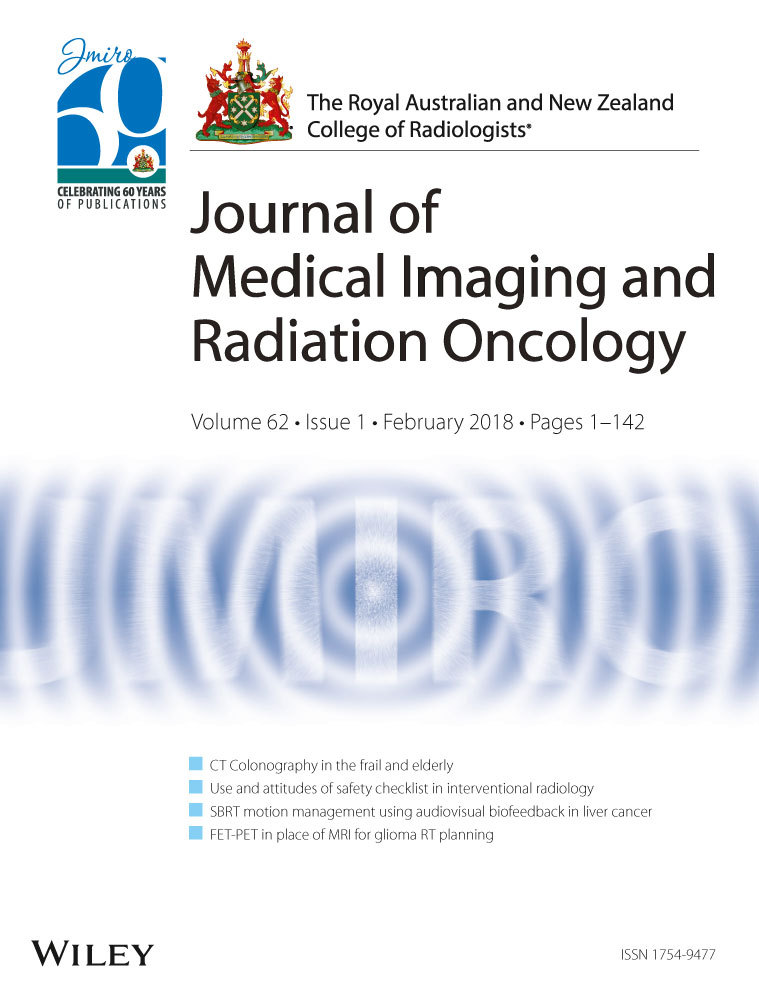Impact of audiovisual biofeedback on interfraction respiratory motion reproducibility in liver cancer stereotactic body radiotherapy
Abstract
Introduction
Irregular breathing motion exacerbates uncertainties throughout a course of radiation therapy. Breathing guidance has demonstrated to improve breathing motion consistency. This was the first clinical implementation of audiovisual biofeedback (AVB) breathing guidance over a course of liver stereotactic body radiotherapy (SBRT) investigating interfraction reproducibility.
Methods
Five liver cancer patients underwent a screening procedure prior to CT sim during which patients underwent breathing conditions (i) AVB, or (ii) free breathing (FB). Whichever breathing condition was more regular was utilised for the patient's subsequent course of SBRT. Respiratory motion was obtained from the Varian respiratory position monitoring (RPM) system (Varian Medical Systems). Breathing motion reproducibility was assessed by the variance of displacement across 10 phase-based respiratory bins over each patient's course of SBRT.
Results
The screening procedure yielded the decision to utilise AVB for three patients and FB for two patients. Over the course of SBRT, AVB significantly improved the relative interfraction motion by 32%, from 22% displacement difference for FB patients to 15% difference for AVB patients. Further to this, AVB facilitated sub-millimetre interfraction reproducibility for two AVB patients.
Conclusion
There was significantly less interfraction motion with AVB than FB. These findings demonstrate that AVB is potentially a valuable tool in ensuring reproducible interfraction motion.




